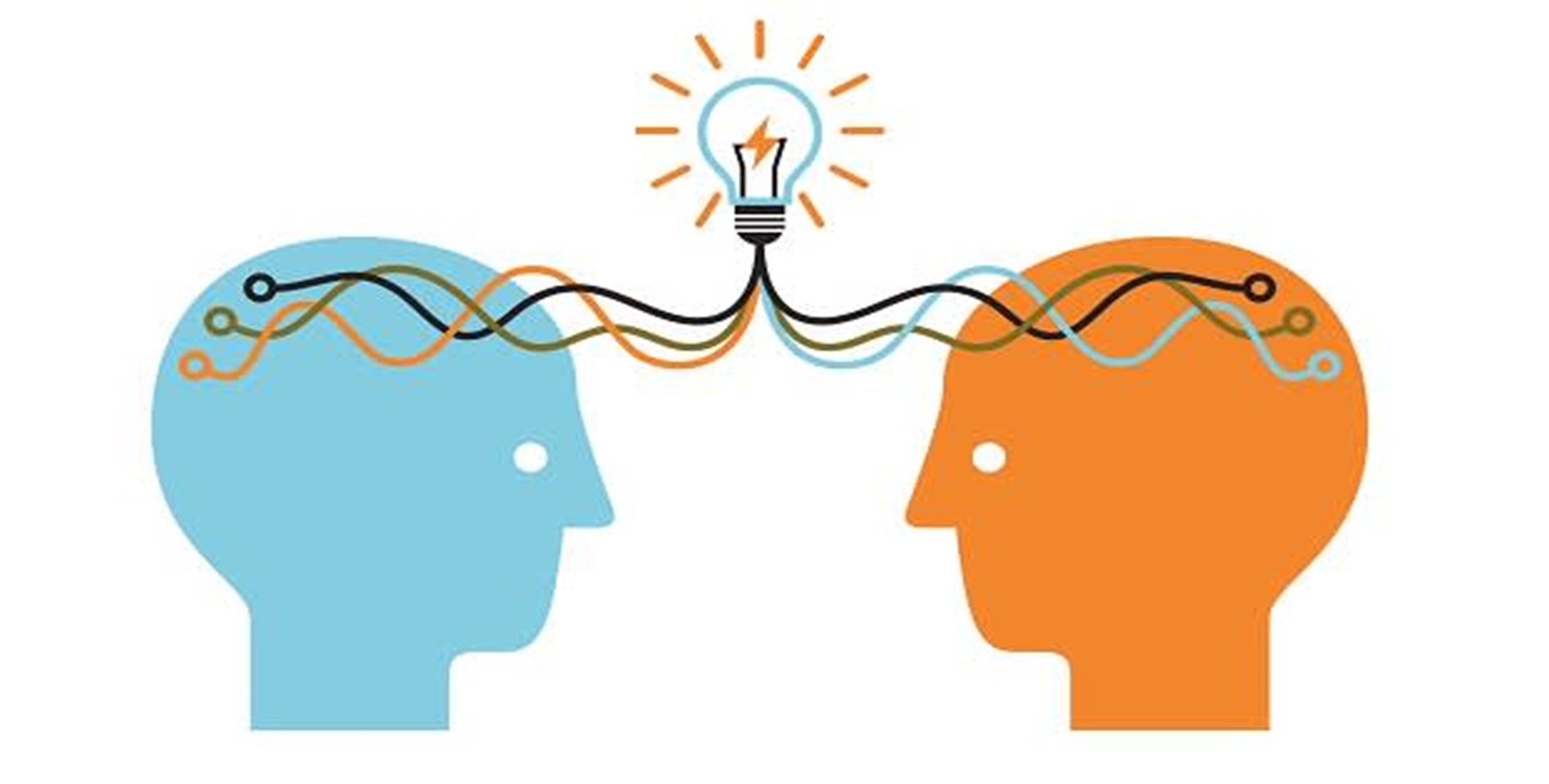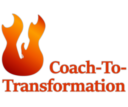

Mind or act, what comes first?
- Oct 04th 2021
The more I coach, the more I wonder: Mind or act, what comes first? Some people say you can only change people’s behavior by changing their mind, while some say you can change people’s mind by changing their behavior. For me, the core purpose of coaching is to help people understand, deal with and achieve the change and transformation they desire.
So how can we approach the mind and action question?
I would like to discuss here what I think, and hope that by sharing, it brings across some clarity to you.
The book “The immunity to Change” shared with us three states of the mind.
1) Social mind lets us align with other people and to follow.
2) Self-authoring mind enables us to set our own goals and achieve them.
3) Self-transforming mind gives us a reflective mindset and multi-framework to learn.
70 to 80 percent of people are in the social and self authoring mind, as we set up our own value systems with experiences we have had over the years during work and life. As the saying goes, the biggest thing that stops us is US. I like the metaphor the book is using, one foot on the peddle and one foot on the break. Most of us know what to do, but there is an inner safety break that also stops us from doing it. That’s called the “big assumption”.
As a coach, I think it is very important for us to find this “big assumption” together with the client. I remember there was one case where the client in session mentioned her struggle with time management. She seemed to have tried every method on the internet: “time blocking” “to do list” “efficiency tools” etc, but it did not work. Rather that discussing what might be working for her I started to check on the things she was doing, instead of what she thought she should do. It turned out she enjoyed and valued her social life the most. She wanted to be part of friends and family, which made who she was. So it wasn’t about efficiency, but knowing how to manage who she needs to be and at the same time getting things done. One foot on the peddle and one foot on the break. Unless you realize what the mind tries to tell you, the behavioral changes are so difficult.
The big assumption for her was “If I am more efficient, I will lose the time on to spend with family and friends.”
But even after realizing it, it’s not easy to change. People’s values and minds exist for a reason and a strong reason makes you who you are and who you want to be. Here the behavior change is not about changing the identity, but incorporating this new value to the identity, a transforming mind. The Growth Mindset theory also shares the same thought. We are who we are, but the concept of who we are is also evolving. Take the example I mentioned before, the evolving client would be the one still enjoying spending the time with family and friends, and at the same time also having an efficient work style. If she can design the behavior that fits into this idea and test its validity, there will be higher chances for the client to succeed in the journey.
To summarize, before any change is introduced, examine the mind first. But design the action around the mind that would test the assumption. DO and REFLECT on it.
——————————————-
Author Name: Michelle Gao
Title of the Blog: Coaching the mind and act
About the Author (a short description of yourself): With over 10 years of experience on online travel media and online travel agencies, Michelle is the regional leader for a global online travel company. She is keen to support people to bring in awareness and action toward where they want to be.
Program Attended with CTT: ACC10042021
Reason for taking this program: Growing into professional a coach
What worked for you: The program is very interactive, learning not just from the mentor but also from peers.
What benefits you got: Different ideas, understanding from different people about the same concept. Feedback from mentors and peers about my coaching.









0